With Chinese TV boxes becoming more and more popular, it didn’t take Pipo, a well-known manufacturer of tablet PCs, long to hit the market with a device of their own. After launching the X7 which had some significant issues like a non-licensed copy of Windows pre-installed, the company quickly got their stuff straight with the launch of the Pipo X7S.
This re-done version of the mini PC now got a licensed copy of Windows 8.1 with Bing in exchange for a slightly higher price-tag of $120. Another change is dual-boot support with Android 4.4.4 KitKat. The remaining specs have been left unchanged with an Intel Z3736F 4-core SoC clocked at 1.33GHz (2.16GHz Turbo Boost), 2GB of LPDDR3 RAM, 32GB of memory and plenty of connectors like four USB 2.0 ports, one OTG port, one 100mbit Ethernet port, a 3.5mm headphone jack, HDMI connector and even a micro SD card reader. We got our hands on this device for you, ready to tell you more.
Pipo X7S Review: Unboxing, Design, Build
The Pipo X7S comes in a surprisingly large box considering the fact that almost nothing is in there with the only things we found being the TV box, one power supply and a warranty card. Around the box Pipo placed some specs in multiple languages, their corporate logo and a picture of the device. The box also tells which device you got inside of it with the options being the colors black, silver and gold as well as 32GB and 64GB of internal memory.
The Pipo X7S is a slim box with rounded corners entirely made from aluminum. The “visible build quality” is very good and you wouldn’t expect the thing to be priced at $120. Looking at the bottom you will notice it though. The plate covering the insides doesn’t perfectly fit on there, but since that’s not visible with the box being placed on a table you probably won’t care about that too much. Around the device we find the on / off switch on the front next to a red status LED, two USB ports and the 3.5mm headphone jack. The remaining ports are situated on the rear. The left and right sides feature vent openings to get the hot air out (passively cooled though).
All in all, the Pipo X7S left a good first impression. We don’t like Pipo calling that device a TV Box though since it is more of a mini PC for your office desk sans a remote control or TV optimized UI.
Pipo X7S Review: Performance
Being more of a mini PC, the Pipo X7S will mostly be used for office work, blogging and surfing the net, maybe even some entertainment purposes thrown in from time to time. Whatever it is you plan to do with this box: You might worry about a tablet SoC not being enough to do serious work with. Let us tell you: It is! Of course, some stuff like loading content-heavy websites can slow the device down a little or take longer than you are used to, but besides of that you can do pretty much everything with it except 3D rendering or cutting movies. Microsoft Office (which you get free for one year) works like a charm and so does Google Chrome. In fact, this entire review is written on the Pipo X7S.
We have one thing to complain about though. Pipo doesn’t cool the SoC properly. That already was a big issue with the X7 but hasn’t been fixed, unfortunately. Instead of putting a proper heat-sink onto the SoC and RAM chips, they just use a cheap heat-spreading foil which obviously enough doesn’t work well. The result isn’t any overheating, but the SoC turning off Turbo Boost after a while. This results in a noticeable decrease in performance which isn’t anything you want.
In case you wanna fix that flaw: It is as easy as 1, 2, 3! Remove the four screws on the bottom of the device and get the bottom plate off. Now you see the mainboard held in place by another bunch of screws. Remove them, detach the cables and take the motherboard out. Now peel off the heat spreading foil and remove the cooling-pad from the SoC. Now get yourself some heatsink for a few bucks from eBay or Amazon that will fit inside of there, as well as some thermal-adhesive. Glue the heatsink on the SoC (and RAM chips if you want), make sure you didn’t cause any short circuits and put the thing back together. Now the Pipo X7S will stay cool and Turbo Boost won’t be disabled anymore.
Pipo X7S Review: Software
Not much to talk about here since everyone of you knows how well Windows 8.1 works on those Wintel devices. Just let us tell you very quickly that Pipo pre-installs the OS with English language and there is no bloatware on it. So what about the Android? Well, unfortunately it is not really usable, which is why we decided to delete it from our unit (the free memory being another reason). Pipo doesn’t offer Google Play Services and we haven’t found a way to install them. This basically means that Android is useless. Together with only 4GB of available memory and no way to move apps to the SD card, they could’ve dropped that dual-boot feature from the very beginning.
Pipo X7S Review: Wi-Fi Performance
We have been totally blown away by how well the Pipo X7S performs inside wireless networks. The external antenna apparently has been well designed, since we are able to connect to any router in the whole building from wherever we are. Even a public hotspot 700m away still is being recognized with a signal strength of 30% while no phone and not even a 27-inch iMac we own is able to find that network. Good job and hats off! Whatever it is you will complain about with the Pipo X7S, the Wi-Fi certainly won’t be it.
Pipo X7S Review: Verdict
The Pipo X7S is a well done little mini PC, but no TV box as advertised. Also, the heating issues are a little annoying but luckily are fixable within a few minutes by installing a proper heat-sink. Still, the Pipo X7S seems like quite a bargain to us being significantly cheaper than a Minix Neo Z64 plus is capable of doing office work without any issue. That being said, we can still give you green light for a purchase in case you are interested in this box.
A big thanks goes to Geekbuying who sent us the X7S for review.

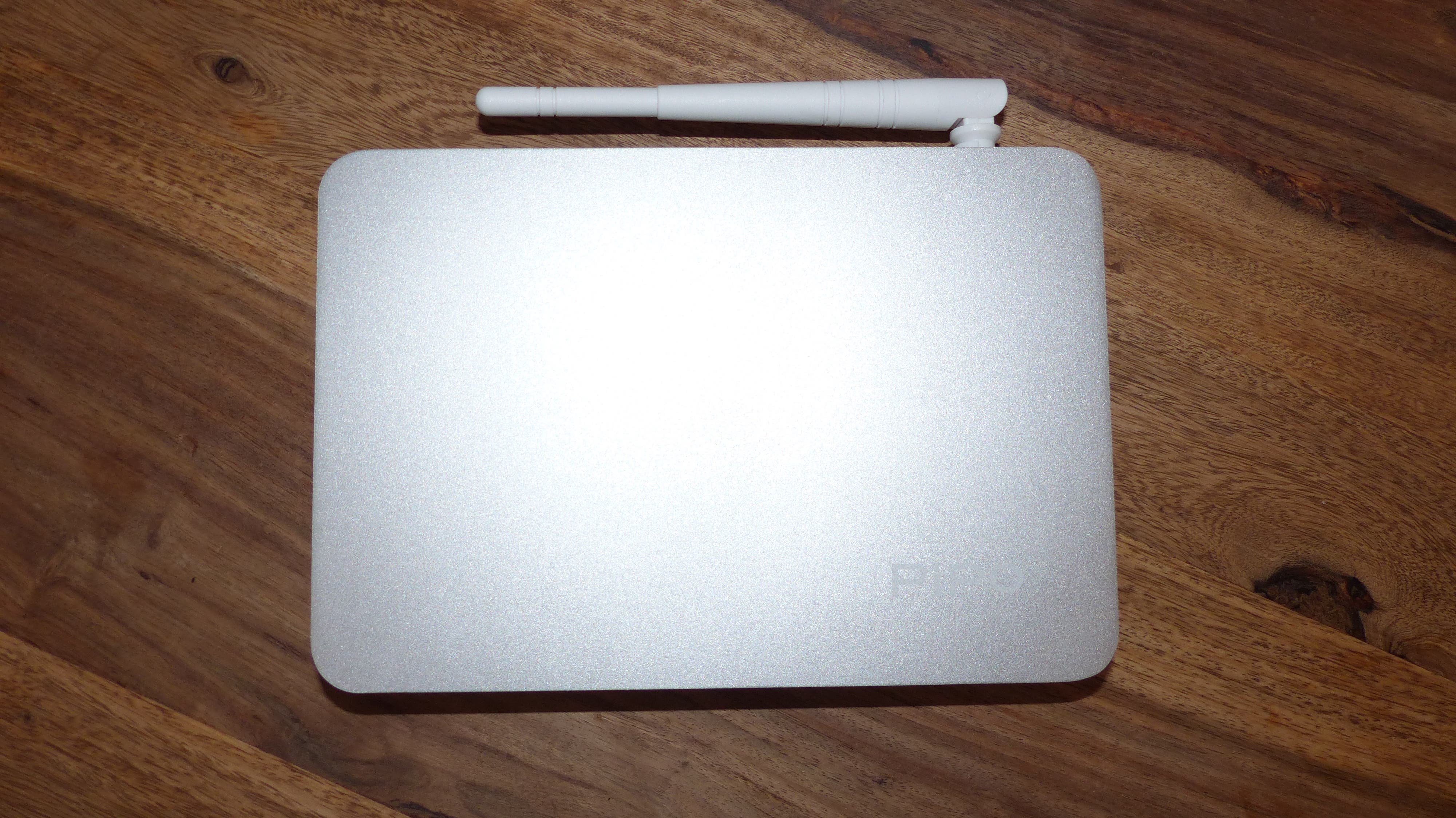
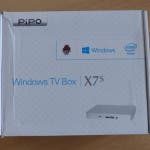





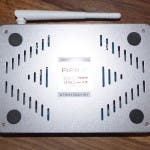


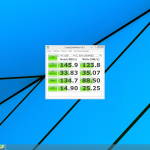

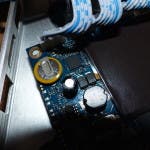
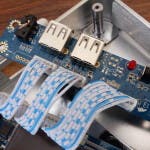
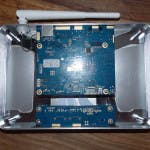
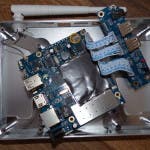
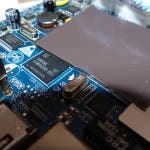




You can install play store via a firmware update. Be sure to do it right since if you don’t update the bios first you are left with Android only. (like me)
The cooling is fixt best with a blue 5mm thermal pad. You place this between the case and the backside of the motherboard.
Pipo addresses the issue the same way with the x8 (see pictures sellers use, you van see the blue thermal pad on the bottom of the case).
Thanks, good to know. I won’t do it though on mine since I don’t need Android at all on such a box.
You can install play store via a firmware update. Be sure to do it right since if you don’t update the bios first you are left with Android only. (like me)
The cooling is fixt best with a blue 5mm thermal pad. You place this between the case and the backside of the motherboard.
Pipo addresses the issue the same way with the x8 (see pictures sellers use, you van see the blue thermal pad on the bottom of the case).
Thanks, good to know. I won’t do it though on mine since I don’t need Android at all on such a box.
Build/design 7.5/8 yet you need to pull it apart order a heatsink and fit it all back together. Ha ha!
Build/design 7.5/8 yet you need to pull it apart order a heatsink and fit it all back together. Ha ha!
How did you remove android?
How did you remove android?